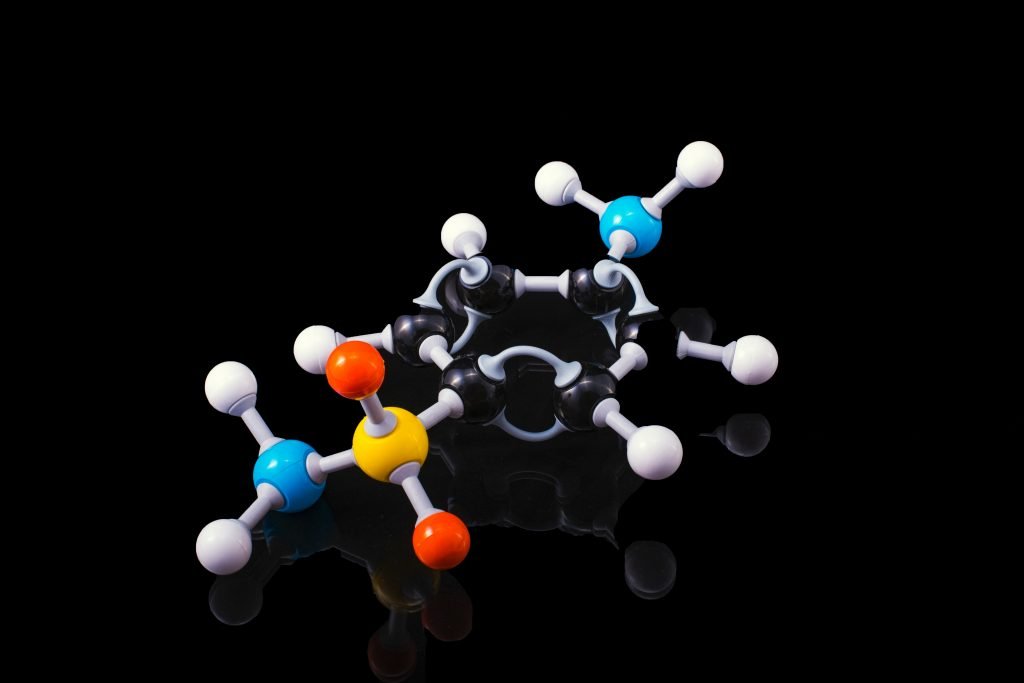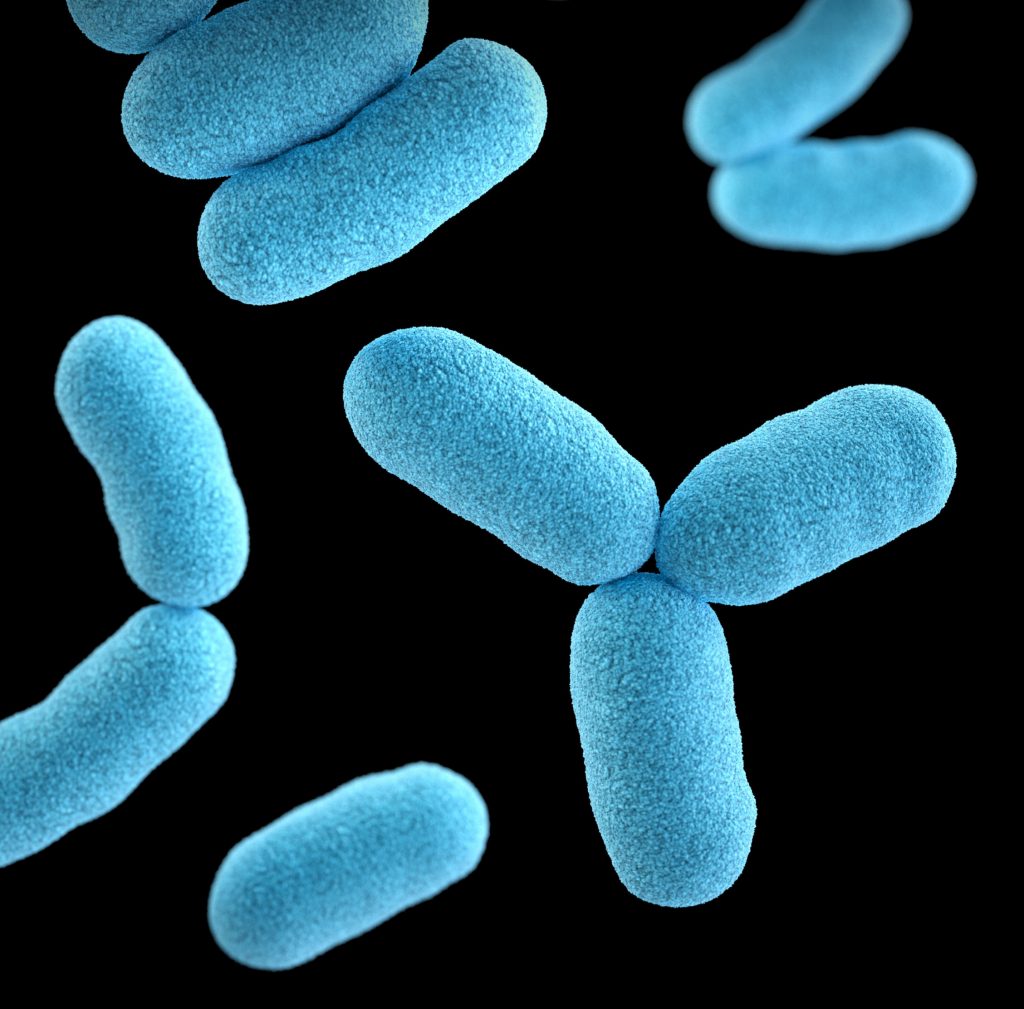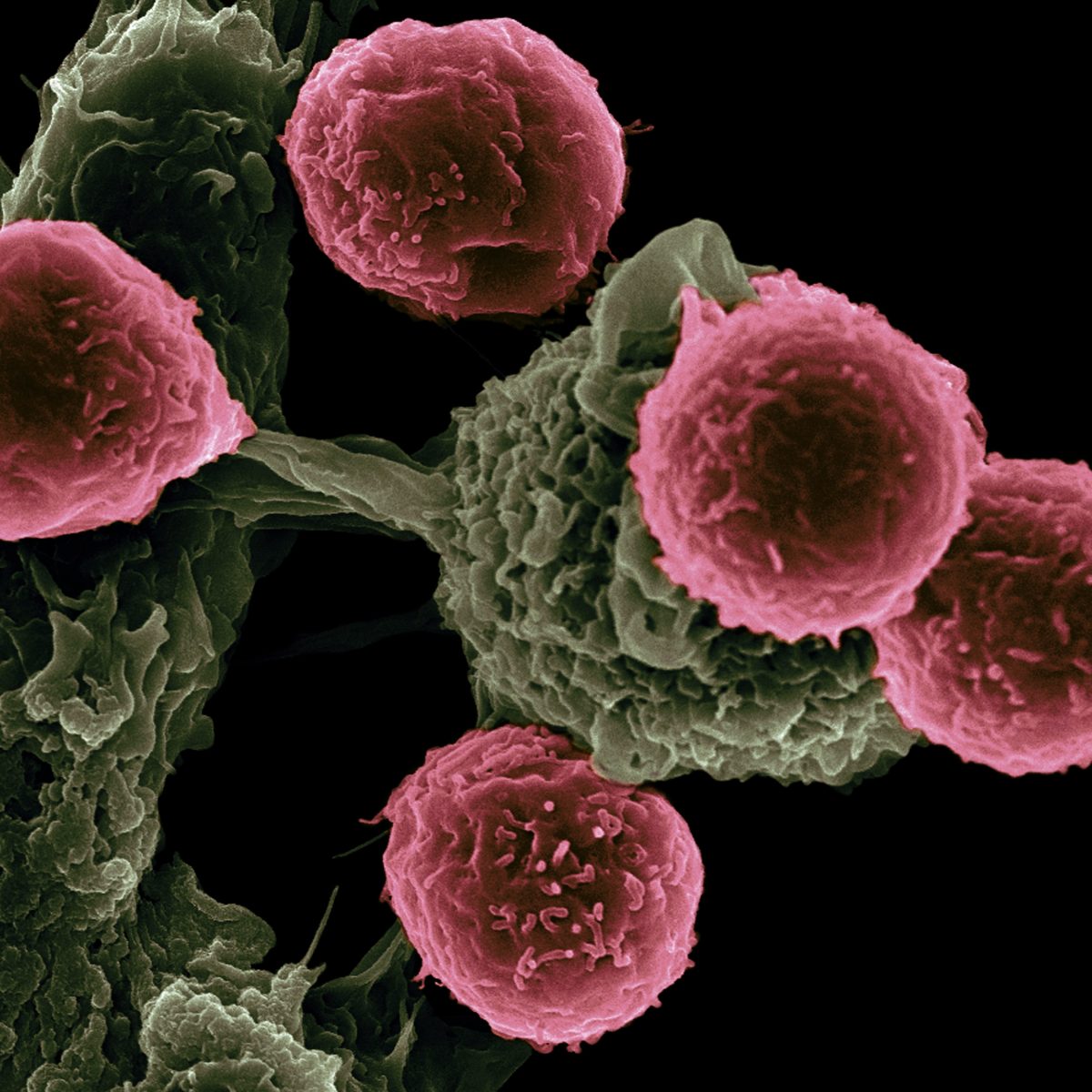What is Biotechnology?
The European Federation of Biotechnology explains Biotechnology as “The integration of natural science and organisms, cells, parts thereof, and molecular analogues for products and services”. The two techniques involved in modern biotechnology are:
- Genetic Engineering : Changing the phenotype of the host organism by introducing the DNA and RNA of foreign organism.
- Bioprocess Engineering: Growing only desired microbes using chemical processes for the production of vaccines, enzymes, antibiotics, etc.
In simple terms, modification in the genes of any organism by introduction of a foreign more desired gene is recombining the DNA. The simple process of forming curd from milk by adding lemon etc is a very vague way to understand it. However, today, biotechnology restricts gene modification for medicinal, correctional purposes. Let's have an introduction to biotechnology:


Principles of Genetic Engineering:
We know sexual reproduction allows combination of unique DNA which is not possible in asexual reproduction. The drawback for the progeny is that even undesirable traits are also passed on during sexual reproduction. Recombining DNA is used to overcome this limitation by use of gene cloning (multiplying the desired gene) and gene transfer (introducing the desired gene in the target organism).
The alien piece of DNA has to be added to the origin of replication. This is the DNA sequence in the host organism which is responsible for replication of genes when reproduction occurs. This is where the alien DNA is added so that it integrates with the host DNA and replicates along with it. This process is termed as cloning.
The question arises, how is this integration achieved? Stanley Cohen and Herbert Boyer discovered two things:
- Possibility of linking a gene with a native plasmid
- Cutting of DNA from desired points
- Integration of alien DNA using plasmid DNA as vectors.
Plasmid is extrachromosomal DNA which replicates on its own. The two scientists found that this plasmid shows resistance to alien DNA but it could be “cut” at certain locations by using certain restriction enzymes. The alien DNA was added to these locations and the resistance gene is later added to the plasmid DNA using the enzyme DNA ligase. These modified plasmid DNA act as vectors which join the foreign DNA with the original and replicate it with itself, thus, completing the process of cloning.
Therefore steps involved in genetic modification of an organism are:
- Identifying DNA which has the desired genes
- Introducing it in the host organism’s plasmid
- Observing if it has attached and replicates
This intricate process of gene cloning was first successfully experimented in 1972, in the DNA sequence of Salmonella typhimurium and Escherichia coli (closely related to Salmonella family).
The desired gene from Salmonella was isolated. The gene responsible for antibiotic resistance in the E. Coli bacteria was isolated using the appropriate restriction enzyme which are also called “molecular scissors”. The alien DNA was integrated to the desired place in E. Coli which continued replicating like it normally would along with the alien DNA.


Use of Biotechnology today:
Gene modification holds key to unlimited power. You must have seen the famous Marvel superhero Captain America who has superhuman powers. Although fiction, gene modification is used to correct genes or remove or add genes as per our choice. In vitro fertilisation falls under biotechnology where genes are artificially mixed together.
If the field is fully explored, we may even find answers to genetic disorders. This is however not child’s play. Biotechnology requires strenuous research and patience and is a growing career field as well.






